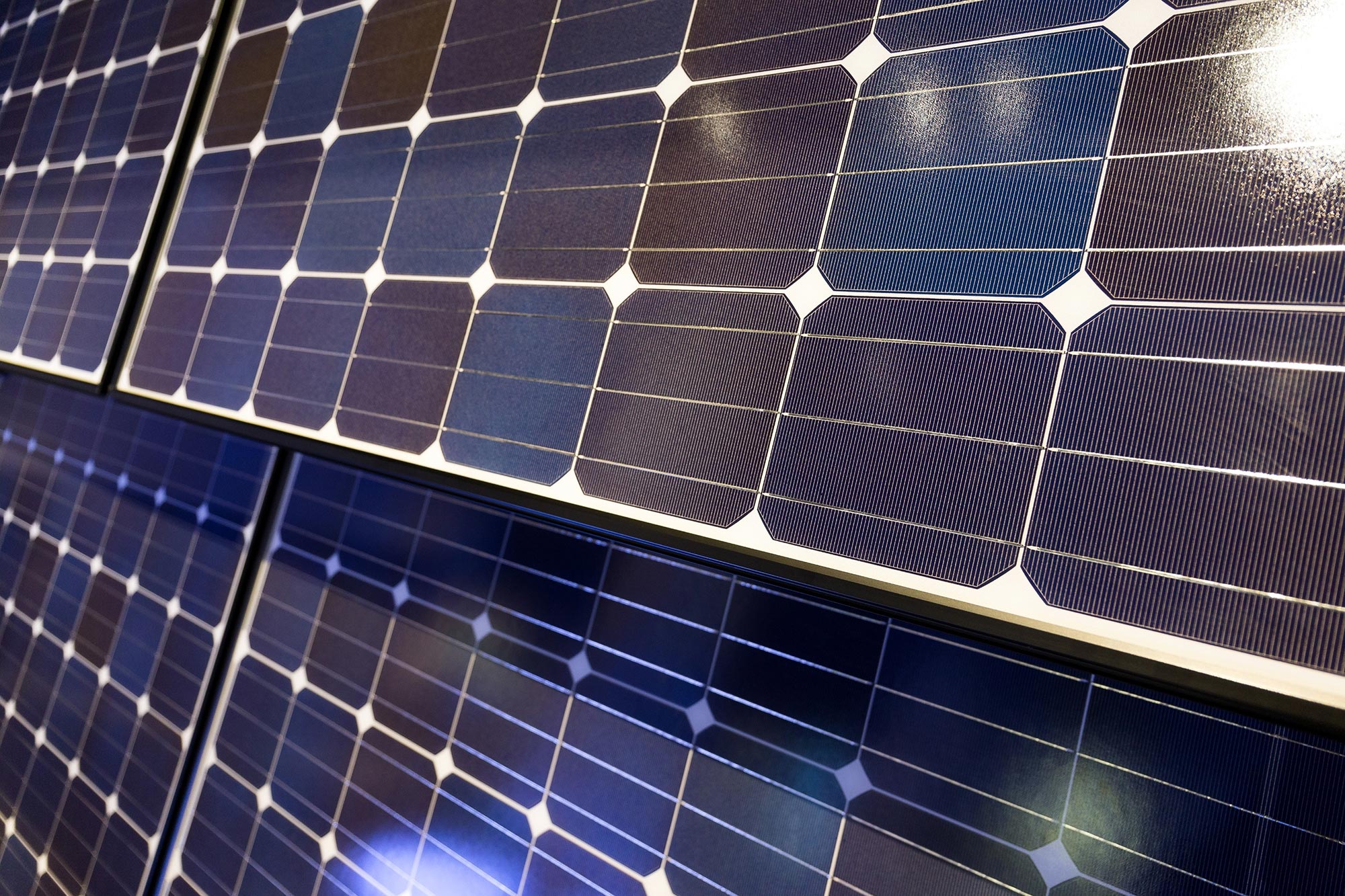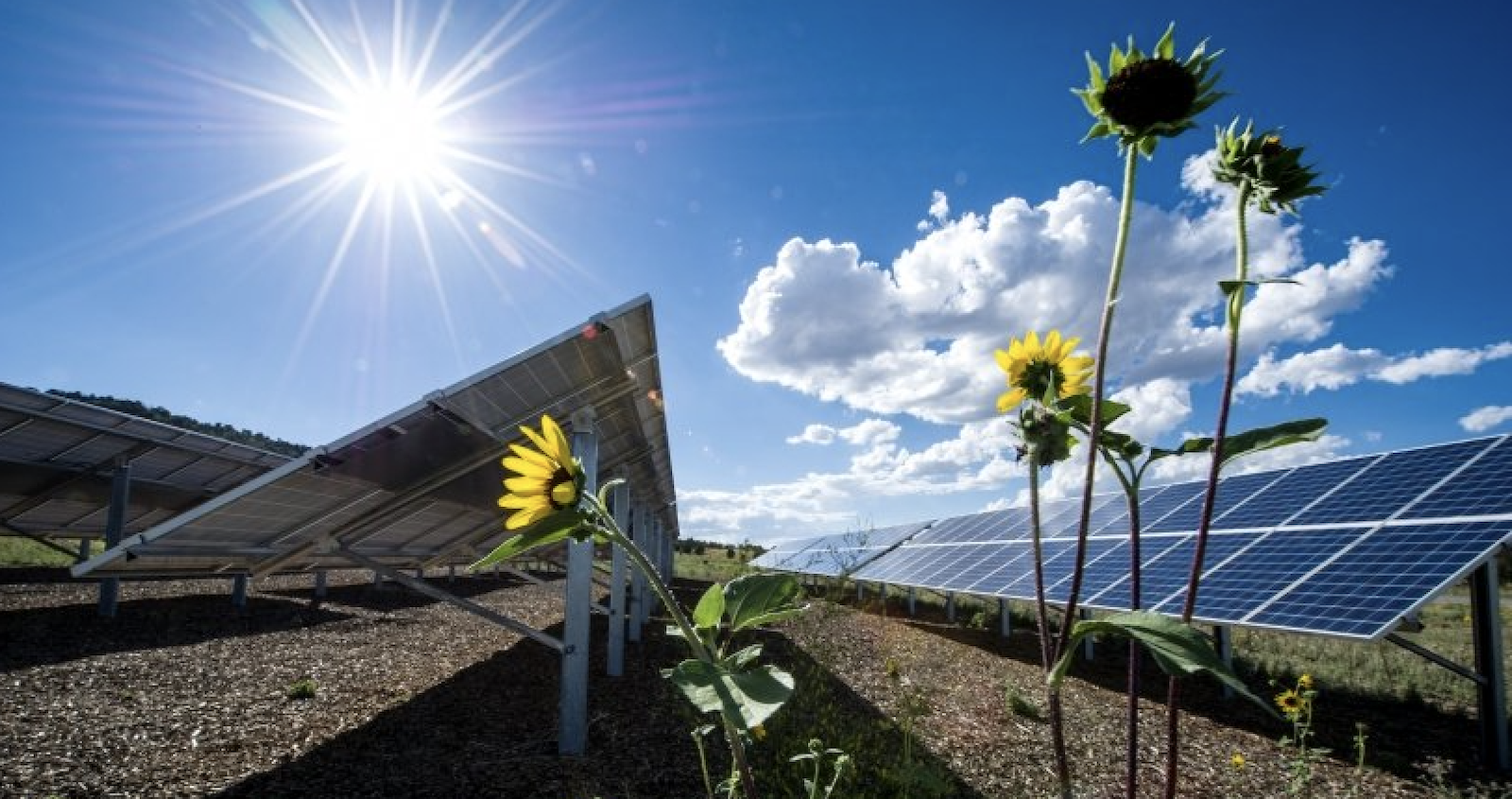Enphase, a leading microinverter supplier, has introduced the latest innovation in its Enphase Power Control software, designed specifically for North American customers using the Enphase Power System.
The introduction of the Enphase Power Control system is intended to provide installers with greater flexibility in system design, while allowing larger systems to be built, while reducing the need for expensive main panel upgrades and ensuring compliance with utility and national electrical code requirements.
Keith Kruetzfeldt, president of Suntegrity Solar, a California-based installer of Enphase products, emphasized the importance of this development, saying, “Homeowners switching to solar want to minimize installation hassles and costs.” He further added, “Enphase Power Control software allows us to avoid major panel upgrades in many cases, resulting in significant savings and a better return on investment for our customers.”
Enphase emphasizes that the Power Control system facilitates the export of stored electricity to the grid for economic benefit, especially with second and third generation IQ Batteries. The system-integrated IQ Battery 5P doubles the capacity of previous Enphase Energy battery generations, allowing installers to produce up to 80 kWh of batteries.
The software is versatile, supporting solar-only and solar-powered storage configurations, including grid-connected and grid-build applications.
Looking ahead, Enphase Energy plans to introduce additional power control functionality in the third quarter of this year. This includes support for bus power control, which aims to optimize power extraction from systems while maintaining safety limits on the home’s main load panels. In addition, the company plans to integrate power control functionality into Solargraf, a cloud-based design, proposal and permitting software platform, later this year.
Enphase Energy is actively expanding its product offerings, including the IQ EV charger, new three-phase inverters for the small commercial market, and a commercial-scale microinverter with a maximum power output of 480 W. In February, the company began shipping updated IQ8 microinverters in North America, reinforcing its commitment to innovation and sustainability in the renewable energy sector.
Like this:
Like Loading…



